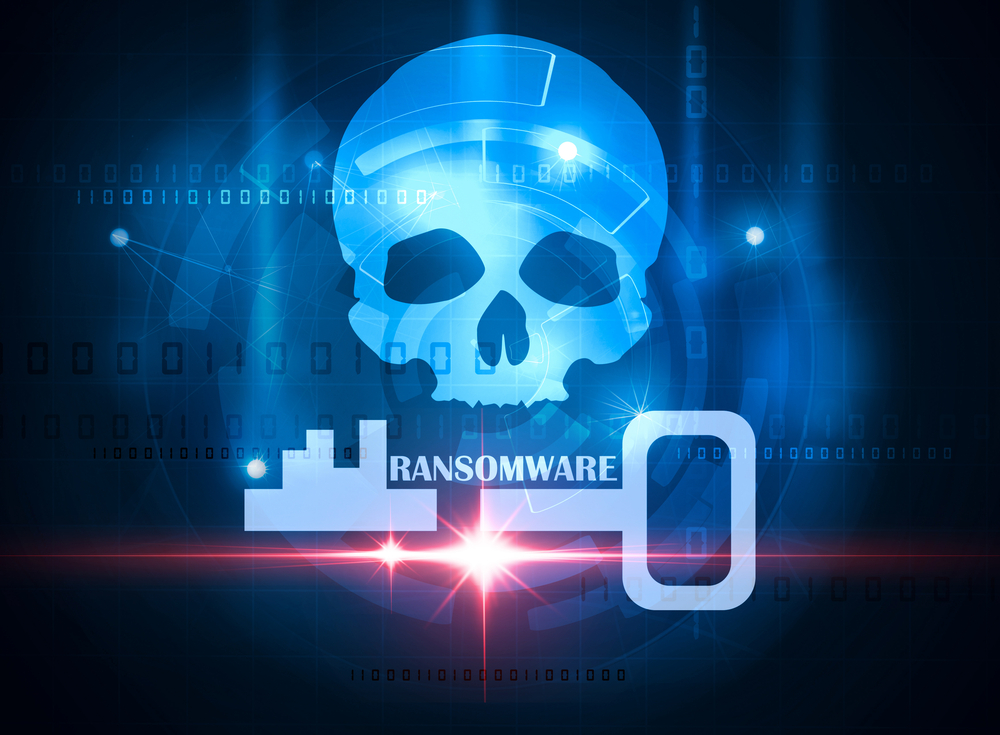Ransomware: How to Prevent It and Keep Your Business Safe
Last week, almost 300,000 computers were affected by the WannaCry ransomware attack, an event with few precedents in the history of the Internet. This terrible cyberattack continues to cause terrible damages today, even when Microsoft already released important updates to fix the particular vulnerability on Windows devices.
This is clearly a wake-up call for those individual users and enterprises that do not pay enough attention to their systems’ safety. Now is when many people recall using antivirus software, browsing carefully online, and apply the needed updates.
Ransomware is expected to become a bigger threat in the short term. So, are you willing to protect your data and avoid massive losses?
What is Ransomware?
Before moving forward and address how to prevent ransomware, we need to understand the basics of this concept. Ransomware is a type of malware, also known as malicious malware, that focuses on data encryption and demanding a ransom to unlock the device.
There are many types of ransomware but all of them do almost the same. After they infect the device, this malware carries over a partial of full encryption on the hard drive. While some of them are easy to reverse as they execute a partial lock, others can be more severe.
Ransomware shows up a message where a ransom is demanded. Payments greatly vary, mostly depending on the severity of the encryption. The ransom is often paid by using gift cards of popular marketplaces online or cryptocurrencies like Bitcoin.
How to Prevent Ransomware
We have a few main resources to prevent ransomware on the daily basis. The good news is that we don’t need to make massive sacrifices in order to keep our devices safe, regardless their use.
- High-End Cybersecurity: We need to stick with the very best when it comes to preventing ransomware. Two leading cyber-security companies we must highlight are Kaspersky and Webroot. These solutions offer full protection for individual devices or large business networks.
- Windows Updates: Microsoft is always working non-stop for a very good reason. While leading the OS market for desktop and laptop computers, Windows-based devices receive most of the threats. Hackers often find success when trying to exploit vulnerabilities. That’s why installing the latest updates is paramount.
- Making Backups Periodically: A ransomware infection stops being so dangerous when all our data is properly backed up. Automated backup software is fantastic to carry out periodically programmed backups and export them to the cloud or an external drive.
- Firewall and VPN: Blocking risky access to our devices should be the priority of this short list. By properly using firewalls and VPN (Virtual Private Network), we keep threats at bay by denying any possible access to our networks.
How to Safeguard Business from Ransomware
Things may go out of our hands even when we take the proper measures. That’s why having a plan B is so important to keep our businesses intact after a potential ransomware attack. Damage control is something we need to have present when it comes to protecting our systems. Here you have a few suggestions.
- Network Restrictions: When it comes to our business, we need to be extremely careful regarding who is accessing to our private network. Remember that our commercial activities depend on such network and allowing free access may jeopardize everything.
- Redundancy Planning: Conscious companies know that when everything fails, they need to have a parallel platform to continue operating with no issues. A redundancy plan consists in duplicating the entire system to have a fully-capable backup working in real time.
- Disaster Recovery: Once the backup platform is working and the affected devices and network are disabled, a swift execution needs to take place and heal the damages. Of course, a capable team of professionals will be needed to fight back the malware and get things back to normal.
- High-End IT Services: Your business cannot simply operate without the support of capable IT services. These professionals work to maintain your systems safe and repair any damages when needed.

